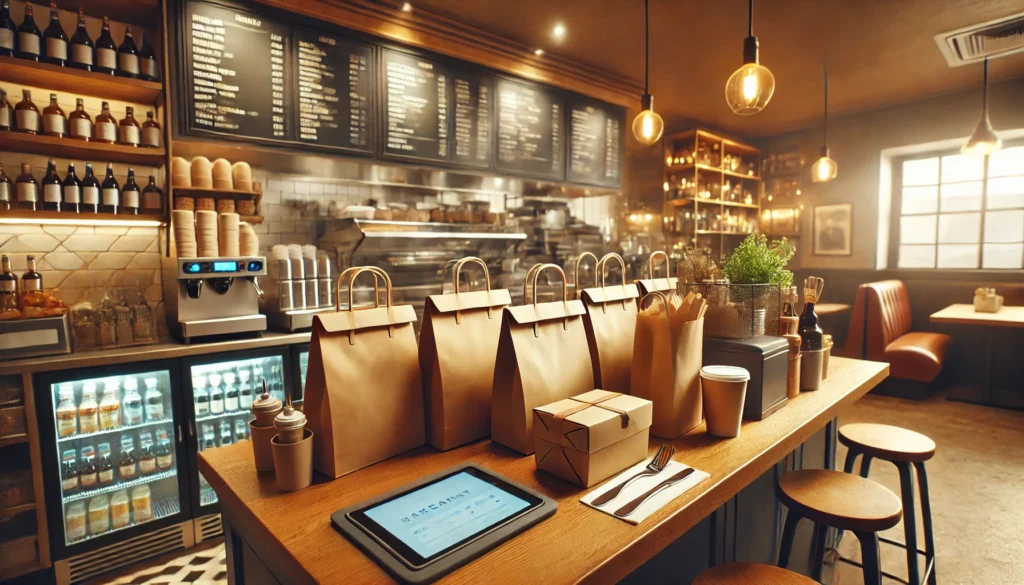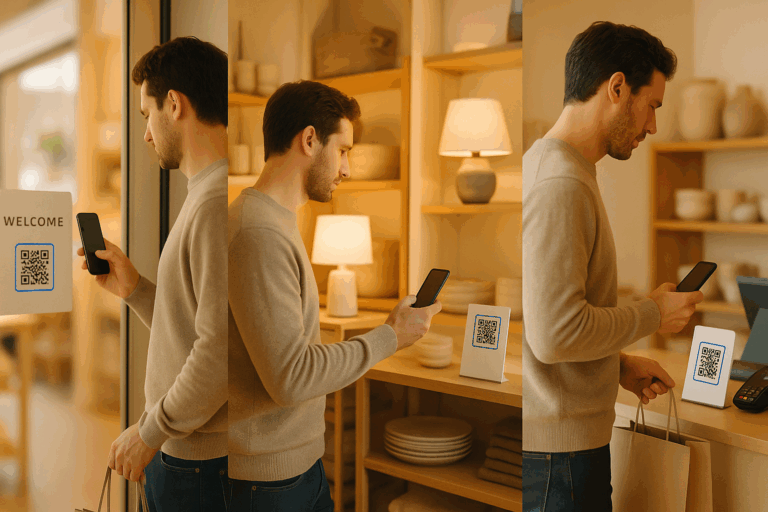The Indian food industry has undergone a remarkable transformation in recent years. Gone are the days when restaurants managed their own delivery fleets, juggling phone orders and dispatching drivers across the city. Today, with just a few taps on a smartphone, customers can browse menus from restaurants, popular food chains, cafes and cloud kitchens and have their favourite dishes delivered to their doorstep.
This shift, driven by food delivery apps, has undoubtedly expanded the reach of restaurants and opened up new revenue streams. On average, these platforms now account for a significant portion of their business—around one-third of their revenue.
At first glance, this seems like a win-win situation. Restaurants and food brands can focus on what they do best—creating delicious food—while leaving the complexities of delivery logistics to specialised services.
However, as with any significant industry transformation, there are nuances to consider. Let’s take a look at the major challenges and how food brands can overcome them.
Constraints in the delivery apps ecosystem
When partnering with delivery apps, the apps’ have control over the entire order and payment process. The apps collect customer payments and subsequently transfer the restaurant’s share, but only after deducting their substantial commission fees.
These apps maintain and store customer data, providing the restaurant with only limited information such as order details and a customer identifier, with no access to the customers’ full contact information. This lack of direct customer data means the restaurant has little insight into who they are serving.
1. Lack of customer information
Without access to customers’ email addresses or phone numbers, restaurants are cut off from the most potent and cost-efficient marketing tools at their disposal. This severely limits their ability to reach out to customers directly. From sending personalised newsletters and birthday wishes to offering exclusive promotions, these missed touchpoints can make a brand fade from customers’ minds.
What should be a dynamic, two-way relationship turns into a series of isolated transactions, significantly hampering a restaurant’s ability to create lasting connections with its customer base.

2. Feedback and reviews
Unlike dine-in experiences where staff can personally engage with customers and subtly encourage positive feedback, delivery apps often don’t actively prompt satisfied customers to leave reviews. This passive approach means that many positive experiences go undocumented.
Also, negativity bias plays a role here. Dissatisfied customers are more likely to take the time to leave a review compared to those who had a satisfactory or even excellent experience. This can bring down a restaurant’s average rating, even if the majority of customers are satisfied with their orders.
Issues that might be beyond the restaurant’s control – such as delivery delays or app glitches – can also result in negative reviews for the restaurant. Without the ability to directly address these issues or provide context, restaurants can unfairly suffer from problems they didn’t cause.
With limited customer information, restaurants struggle to reach out to dissatisfied customers to resolve issues or offer compensation. A few negative reviews can significantly impact a restaurant’s placement in search results, potentially leading to a cycle of decreased orders and fewer opportunities for positive reviews.
Additionally, the reviews collected within delivery apps remain confined to their own ecosystem. Unlike widely accessible platforms like Google, where reviews can enhance a business’s online reputation and searchability, delivery app reviews are siloed. This not only restricts the restaurant’s potential to attract new customers but also hampers the ability to build a broader digital presence.
3. Customer loyalty and retention
Even when customers repeatedly order from the same restaurant, the restaurant itself may have no way of recognising or acknowledging their loyalty. This anonymity prevents the restaurant from nurturing these valuable relationships.
Traditional loyalty programs, such as punch cards or points systems, are impossible to implement when the restaurant can’t track individual customer purchases or get personal information. This means they can’t offer rewards for frequent orders or large spends, which are powerful tools for encouraging repeat business.
Without the ability to incentivise loyalty, restaurants may struggle to retain customers. In this competitive landscape where customers can easily switch between dozens of options, the lack of a loyalty mechanism can make it difficult to retain customers.
4. Fragmented data across different platforms
Many restaurants partner with multiple delivery apps to maximise their reach. However, this strategy, while potentially increasing orders, creates a significant data management challenge.
Each delivery app operates as a separate entity, collecting and storing customer data independently. Also, different delivery apps may collect and present data in varying formats.
This means a restaurant’s customer information is scattered across multiple platforms, making it difficult to form a comprehensive view of their customer base. This inconsistency can make it challenging to aggregate and analyse information across platforms, hindering a restaurant’s ability to derive meaningful insights.
Customers might use different delivery apps for different orders. Without a way to link these profiles, restaurants miss out on understanding the full scope of a customer’s ordering habits and preferences.

5. Difficulty in developing brand affinity
Customers often think in terms of ordering from the app rather than ordering from a specific restaurant. Within the app interface, restaurants are often reduced to a logo, a name, and basic menu information. The personal touch that often distinguishes restaurants in dine-in experiences is largely absent due to the delivery app ecosystem.
Even when customers think about reordering, they’re more likely to open the delivery app and browse options rather than specifically seeking out a particular restaurant brand. This reduces brand recall and repeat business based on brand loyalty.
6. Hefty commissions
Delivery apps typically charge restaurants commission fees ranging from 20% to 30% of the order value. With such high commissions, restaurants often find that delivery orders are far less profitable than dine-in or direct takeaway orders.
While delivery apps can increase order volume, the high commissions don’t always translate to increased profits. Restaurants must carefully balance the potential for increased traffic against reduced profit margins.
Beyond the base commission, restaurants often face other fees from delivery apps, such as sign-up fees, marketing fees, or charges for prime placement within the app. These additional costs further bring down potential profits.
The need for an integrated solution
To address the challenges restaurants face when using delivery apps, the solution lies in integrating data that empowers restaurants to build stronger customer relationships.
When customers order food for delivery, restaurants can encourage them to opt-in to share their contact information. This could involve offering exclusive discounts, loyalty rewards, or other enticing perks for those willing to provide their details.
By incentivising this opt-in process, restaurants can then merge the new customer data with any existing information they have. This consolidated data allows them to track customer behaviour, preferences, and trends more effectively, leading to more informed decision-making.
By using customer data, restaurants can run more targeted and cost-effective marketing campaigns on customer-preferred channels. Personalised offers, targeted promotions, and tailored communication can be used to incentivise repeat business and build brand loyalty. By understanding customer preferences and behaviour, restaurants can create a more customised experience that encourages repeat visits, both online and offline.
As restaurants build direct relationships with their customers and gather valuable data, they can reduce their dependence on third-party delivery platforms. By promoting direct ordering through their own channels, restaurants can avoid the hefty commissions charged by delivery apps. This also opens up opportunities to upsell high-margin items like beverages, which are often overlooked in online orders.
With access to comprehensive customer data, restaurants can identify opportunities to promote their dine-in offering. For example, they could offer discounts or promotions that are redeemable only for in-person visits. This not only boosts footfall but also provides an opportunity to deliver a more immersive brand experience.
About refive
refive is actively partnering with brands in the gastro space to empower them with an integrated solution through smart touchpoints. By seamlessly connecting customer data and enhancing engagement, we are enabling restaurants to build stronger relationships and drive growth.
Contact us today to learn more about how we can support your business in thriving in this competitive landscape.









